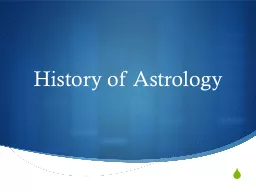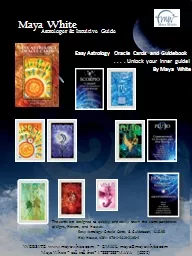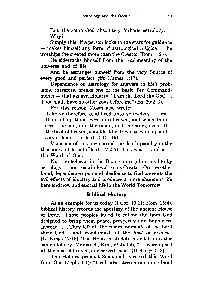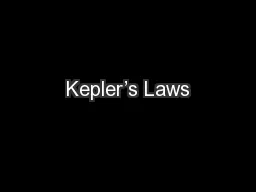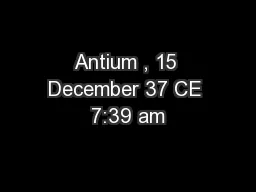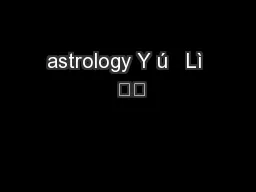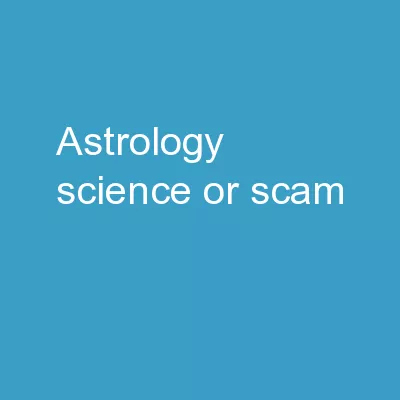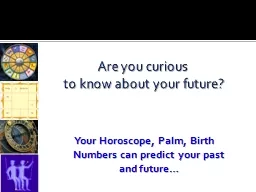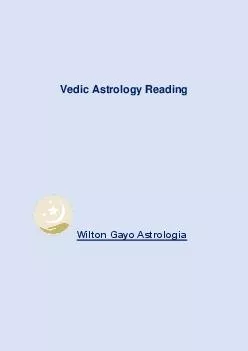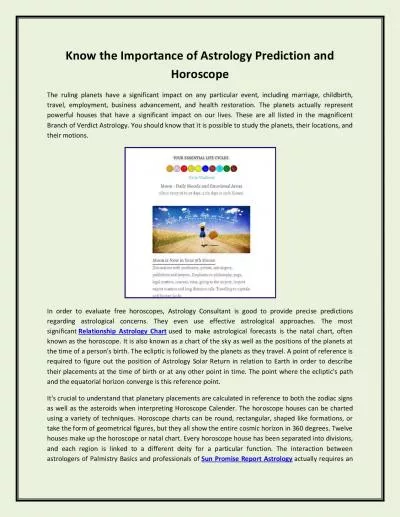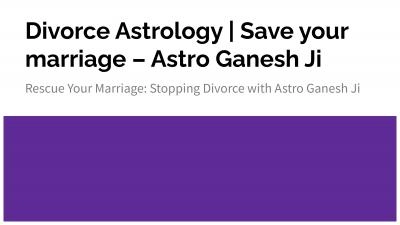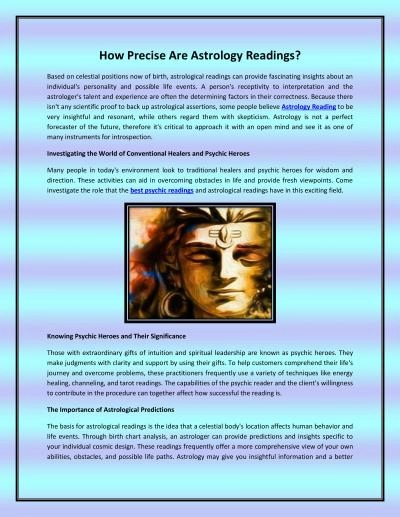PPT-History of Astrology
Author : marina-yarberry | Published Date : 2015-10-21
Claudius Ptolemy 87 150 CE Nicholas Copernicus 1473 1543 Galileo Galilei 1564 1642 Johannes Kepler 1571 1630 Isaac Newton
Presentation Embed Code
Download Presentation
Download Presentation The PPT/PDF document "History of Astrology" is the property of its rightful owner. Permission is granted to download and print the materials on this website for personal, non-commercial use only, and to display it on your personal computer provided you do not modify the materials and that you retain all copyright notices contained in the materials. By downloading content from our website, you accept the terms of this agreement.
History of Astrology: Transcript
Download Rules Of Document
"History of Astrology"The content belongs to its owner. You may download and print it for personal use, without modification, and keep all copyright notices. By downloading, you agree to these terms.
Related Documents

